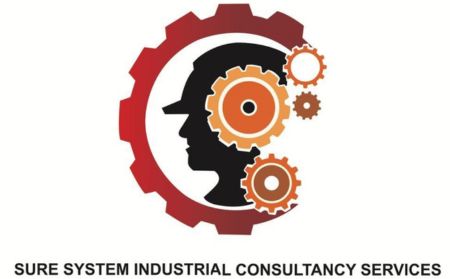
Third Party Inspection
Third-party inspection is an independent and objective assessment of products, processes, or services conducted by an external organization or individual with no direct interest in the outcome. The primary purpose of third-party inspection is to ensure quality, compliance with regulations and standards, and impartiality in various industries. Here are key points about third-party inspection:
- Independence: Third-party inspection is carried out by organizations or individuals that are not affiliated with the manufacturer or service provider. This independence ensures objectivity and reduces conflicts of interest.
- Scope of Inspection: Third-party inspection can cover a wide range of areas, including manufacturing processes, product quality, safety compliance, project management, and more. It can apply to industries such as manufacturing, construction, energy, healthcare, and consumer goods.
- Objectives: The main objectives of third-party inspection are to:
- Verify compliance with industry standards, regulations, and contractual requirements.
- Ensure the quality and safety of products or services.
- Provide an unbiased assessment of the product or process.
- Verify the accuracy of documentation and records.
- Identify and mitigate risks.
- Benefits: Businesses and organizations use third-party inspection for several reasons, including:
- Ensuring product quality and safety.
- Reducing the risk of product recalls or failures.
- Meeting regulatory and compliance requirements.
- Building trust with customers and stakeholders.
- Reducing in-house quality control costs.
- Enhancing credibility in the marketplace.
- Types of Third-Party Inspection:
- Product Inspection: Evaluates the quality, specifications, and compliance of manufactured products with standards and contractual requirements. Common in industries like manufacturing and consumer goods.
- Construction Inspection: Ensures that construction projects follow building codes, safety regulations, and quality standards. It may include inspections of materials, workmanship, and adherence to project plans.
- Healthcare Inspection: Verifies the compliance of healthcare facilities, equipment, and services with regulatory and quality standards, ensuring patient safety and quality care.
- Energy and Environmental Inspection: Assesses compliance with environmental regulations, energy efficiency, and sustainability standards in industries like energy production and waste management.
- Project Management Inspection: Evaluates project management practices, schedules, budgets, and risk management to ensure successful project delivery.
- Process: Third-party inspection typically involves the following steps:
- Pre-Inspection Planning: Define the scope, objectives, and inspection criteria. Establish an inspection plan.
- On-Site Inspection: Conduct the inspection, including data collection, examination of records, and physical inspection of products or processes.
- Data Analysis: Review and analyze collected data and documentation for compliance and quality.
- Reporting: Provide an inspection report that outlines findings, compliance status, and any recommendations or corrective actions required.
- Follow-up: Monitor and verify corrective actions if necessary.
- Certification: In some cases, third-party inspection bodies may issue certifications or quality marks to products or processes that meet specific standards or criteria.
- Regulation and Accreditation: Many third-party inspection organizations are accredited and regulated by relevant authorities or industry bodies to ensure their competence and impartiality.
Third-party inspection is a valuable tool for ensuring product and service quality, compliance, and risk management. It adds credibility and trust to the supply chain and helps businesses and organizations meet industry and regulatory requirements.
